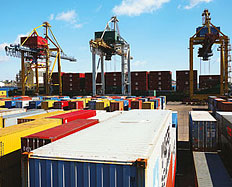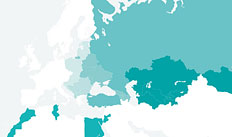Chapter 4
Executive Summary
At the start of transition many old economic ties within and between countries in the former communist bloc were severed. However, economic fragmentation quickly gave way to the forces of regional integration initiatives, both among transition countries and with new trading partners in the West. One of the latest developments in regional economic integration is the creation of the Common Economic Space of the Eurasian Economic Community. In November 2009 Belarus, Kazakhstan and Russia agreed to establish a customs union. Further steps have since been taken towards deeper economic integration between these countries. New supranational institutions have been created and future geographical expansion of the union is being discussed.
There are many potential benefits of regional integration, including trade creation within the region, facilitation of exports to the rest of the world, more efficient markets across member countries, and an opportunity to build stronger economic institutions. The chapter considers the extent to which these benefits are likely to apply in the new customs union, drawing on early evidence on the impact of the customs union on trade, non-tariff barriers and export structure.
Common external tariffs introduced in 2010 had some impact on regional trade flows but the magnitude of this impact is small. Much of the rapid growth in trade between the three countries is explained by post-crisis recovery trends. The lowering of non-tariff barriers within the customs union also played a role. There is evidence that the benefits from reducing non-tariff barriers and improving cross-border infrastructure are much larger than from changes in tariffs.
The structure of exports from Belarus, Kazakhstan and Russia suggests that regional economic integration has the potential to act as a springboard for exports to the rest of the world. Goods first exported within the regional bloc are likely to later be exported to other destinations. Lastly, the quality of institutions in countries within regional economic blocs tends to converge, either towards the average or towards the higher level, in particular in the case of those blocs with deeper institutional integration. Within the Eurasian Economic Community there is currently little variation in terms of quality of institutions. However, the Community represents an opportunity to create supranational institutions with strong governance that have demonstration effects and could trigger demand for better domestic institutions.







